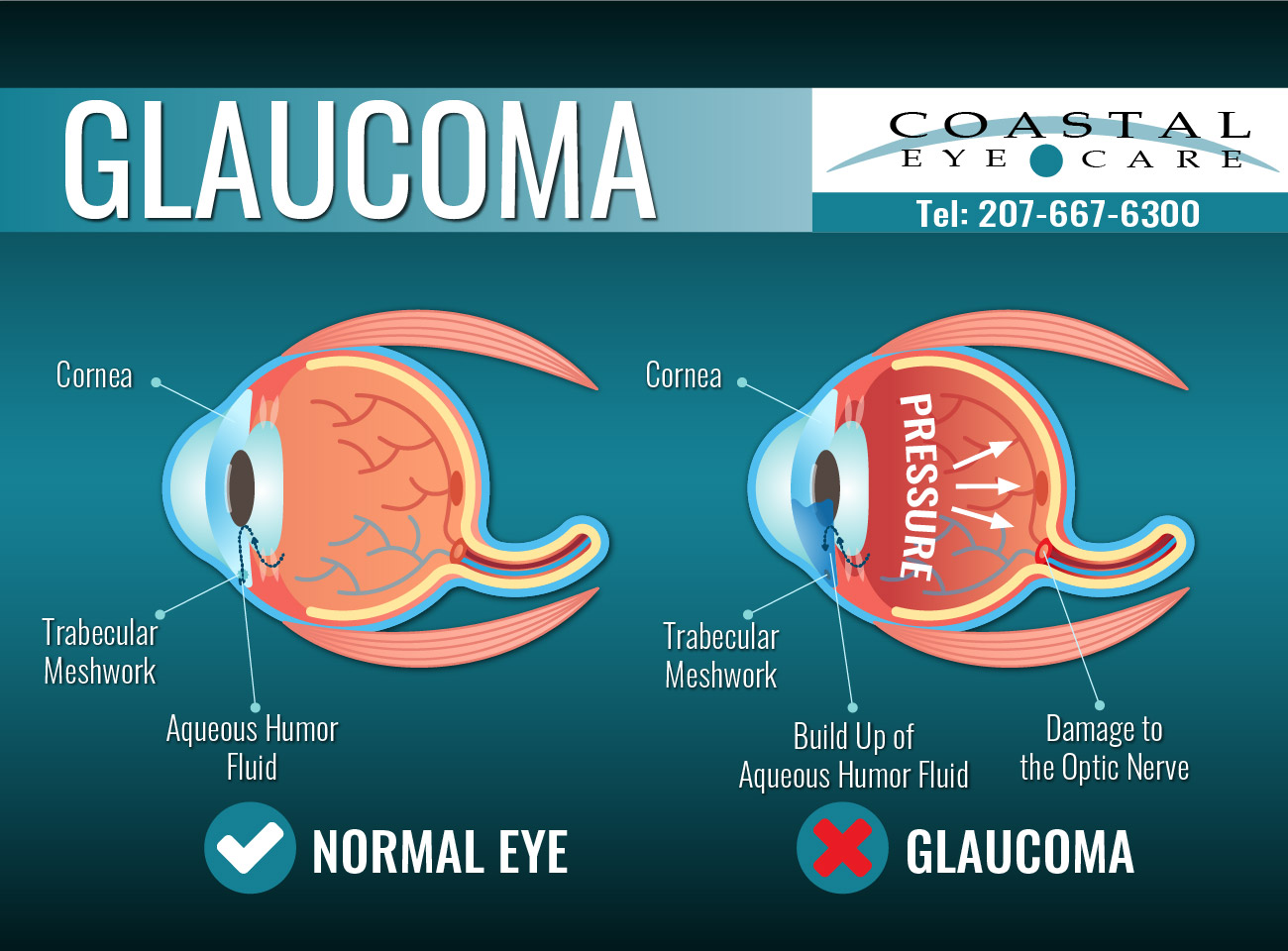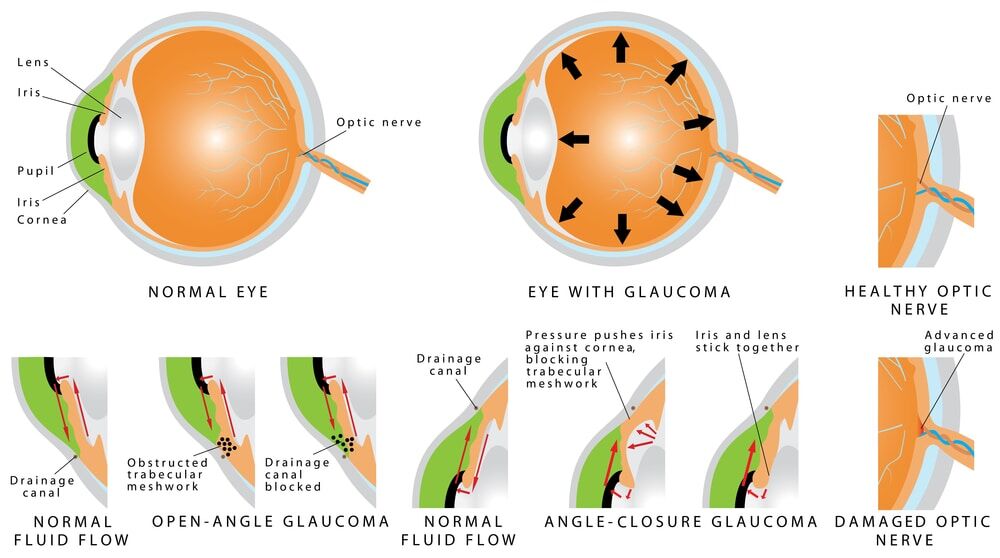Recognizing the Different Vision Adjustment Procedures Available for Clearer View
In the world of vision correction procedures, a wide range of options exist to resolve refractive errors and offer individuals with more clear sight. From the commonly acknowledged LASIK surgery to less intrusive procedures like PRK and implantable lenses, the field of ophthalmology uses a range of methods customized to match different requirements and preferences. Each treatment comes with its very own collection of considerations, advantages, and potential dangers. Recognizing the subtleties of these vision modification techniques is vital for making educated decisions concerning one's aesthetic health and wellness. Let's check out the intricacies of these treatments and clarified the course to achieving improved vision quality.
LASIK Surgical Procedure
LASIK surgical procedure is a common refractive treatment utilized to correct vision troubles such as nearsightedness, astigmatism, and farsightedness. This surgical technique, which stands for Laser-Assisted in Situ Keratomileusis, intends to reshape the cornea to improve exactly how light is focused on the retina, eventually boosting vision quality.
One of the key advantages of LASIK surgical treatment is the rapid renovation in vision experienced by people. Lots of people see a considerable improvement in their vision promptly after the procedure. In addition, many patients report minimal pain and pain during the surgical treatment and healing period. The recovery time for LASIK is fairly fast, with numerous individuals returning to their daily tasks within a day or 2 post-operation. Overall, LASIK surgical procedure is a preferred choice for individuals seeking a long-term option for their vision problems.
PRK Procedure
While also an usual refractive procedure, the PRK (Photorefractive Keratectomy) method differs from LASIK surgery in its method to dealing with vision troubles. In PRK, rather than developing a flap on the cornea, the external layer of the cornea, called the epithelium, is totally eliminated. This enables the laser to improve the cornea to deal with refractive mistakes such as farsightedness, astigmatism, and nearsightedness straight on the surface.

Despite the longer healing time, PRK can generate outstanding cause vision improvement, making it a beneficial choice for those that may not appropriate prospects for LASIK surgical procedure.
Implantable Lenses
In contrast to PRK where the cornea is reshaped straight, implantable lenses use an additional method for dealing with vision by putting artificial lenses inside the eye. This procedure is specifically useful for people with high levels of farsightedness, nearsightedness, or astigmatism who might not be suitable prospects for laser surgeries like LASIK or PRK.
Implantable lenses, additionally known as phakic intraocular lenses, job by supplementing the eye's natural lens with a synthetic one. eyecare near me. These lenses can be put before the natural lens (anterior chamber) or behind websites the iris and before the natural lens (posterior chamber) By changing the power and positioning sites of these lenses, eye doctors can successfully fix refractive errors and enhance visual acuity
One benefit of implantable lenses is that they are detachable and exchangeable, offering flexibility for future changes. As with any surgical treatment, there are threats entailed, such as infection or cataract formation. Individuals taking into consideration implantable lenses need to seek advice from an eye treatment specialist to identify the most suitable option based upon their individual needs and eye wellness.
Corneal Rings
Corneal rings, likewise referred to as intracorneal ring sections, are small, clear devices put into the cornea to deal with vision distortions such as keratoconus. Keratoconus is a problem where the cornea thins and protrudes outward, causing vision to become altered. The insertion of corneal rings assists to flatten the cornea, enhancing aesthetic skill and minimizing the irregular astigmatism triggered by keratoconus.
The treatment for putting corneal rings is minimally invasive and fairly fast, frequently performed as an outpatient treatment. During the surgical treatment, the eye doctor makes a little laceration in the cornea and inserts the rings at a certain deepness. As soon as in position, the rings help to improve the cornea, giving a smoother surface for light to enter the eye, which can cause clearer vision.
Corneal rings are considered a relatively easy to fix procedure, as they can be removed or replaced if necessary. retina service near me. While they might not totally eliminate the requirement for glasses or contact lenses, corneal rings can substantially improve vision high quality and overall visual convenience for individuals with keratoconus or other corneal irregularities
Refractive Lens Exchange
Complying with the correction of corneal abnormalities with treatments like corneal rings, one more vision improvement technique that can address refractive errors is Refractive Lens Exchange (RLE) RLE is an operation that includes replacing the eye's all-natural lens with a man-made intraocular lens (IOL) to deal with refractive errors such as nearsightedness, farsightedness, and presbyopia. This treatment is particularly useful for individuals who may not appropriate candidates for treatments like LASIK or PRK due to variables such as slim corneas or high refractive mistakes.

Final Thought
Finally, there are numerous vision adjustment treatments offered to aid people achieve clearer sight. LASIK surgical treatment, PRK treatment, implantable lenses, corneal rings, and refractive lens exchange are all options that can address different vision problems. It is necessary for individuals to seek advice from their eye care carrier to determine the most ideal treatment based on their details requirements and preferences. With improvements in innovation, attaining enhanced vision is currently extra available than ever in the past.
In the realm of vision improvement treatments, a wide variety of options exist to attend to refractive errors and give people with clearer sight.LASIK surgery is an usual refractive procedure utilized to deal with vision problems such as farsightedness, astigmatism, and nearsightedness.While also an usual refractive treatment, the PRK (Photorefractive Keratectomy) technique differs from LASIK surgery in its approach to dealing with vision issues.Adhering to the adjustment of corneal irregularities with procedures like corneal rings, another vision improvement strategy that can attend to refractive mistakes is Refractive Lens Exchange (RLE) LASIK surgical treatment, PRK procedure, implantable lenses, corneal rings, and refractive lens exchange are all choices that can deal with various vision concerns.